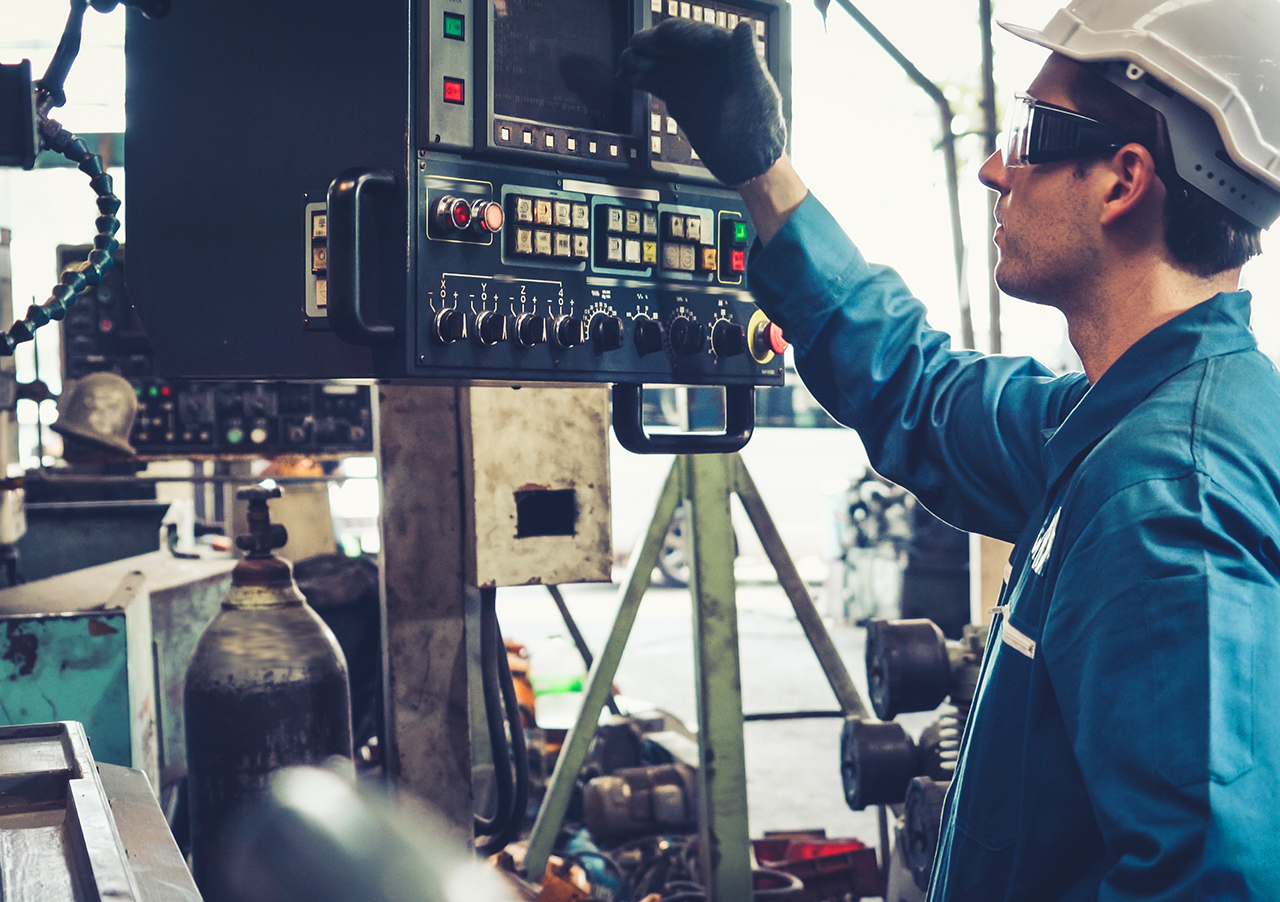Optimizing the ROI of Legacy Equipment


When an organization makes a strategic investment in any area, whether it’s talent or infrastructure, the goal is invariably to maximize the ROI of that investment. This can be a tricky process when it comes to technology because each industry is continually innovating and developing newer, faster, and better tools. Working with legacy equipment is often a requirement when it comes to managing an organization’s technology infrastructure, because it simply isn’t feasible to be constantly buying the latest iteration of every device a workforce might utilize. So, what are the options available?
What You Need to Know
When something is categorized as “legacy” equipment it typically means that modern technologies have rendered the device obsolete or, at minimum, inefficient compared to newer generations. Legacy equipment can be found operating everywhere, from the engine systems in military fighter jets to heartbeat monitors in hospitals. These devices often serve highly specialized functions and can be extremely expensive to replace. Expensive not just in terms of outright cost to purchase, but to maintain. To keep legacy equipment functioning, it is often necessary to find a third-party service provider with technicians who are trained to repair and support legacy technology. Why? Because the original manufacturers will often cease to provide support for these devices, as their attention and resources are put towards their latest product generations.
The good news is that providers and manufacturers are typically very understanding when it comes to device lifecycle management. A lot of effort is put into alerting owners of plans to sunset technology and preparing them to make the switch to something new. Consider the way that mobile operators like Verizon and AT&T are handling the retirement of 2G and 3G to make way for 5G. Shutting down an entire network without warning when there are potentially tens of thousands of devices still operating on that network would be a logistical nightmare for the carriers just as much as it would be for the end users that rely on their devices.
But the question remains: what happens when sunsetting becomes unavoidable?
Replacing vs. Upgrading
It might seem like an outright replacement of legacy equipment is the only option, but this is not the case. The IoT ecosystem has made incredible strides in developing plug-and-play solutions that can give legacy devices the ability to run on the latest 5G and 4G networks. These solutions come at a fraction of the cost of new equipment purchases, and often don’t require downtime to install. It’s all in the name: you plug it in, and you’re good to go. Suddenly, what looks like a budget-breaking infrastructure upgrade becomes a minor disruption to a normal workday. With these solutions, organizations can also avoid the downtime that might be required to train their workforces on new devices because users can continue to work with technologies that they’re already familiar with.
Sometimes, replacement isn’t even an option. In nearly every industry, there are highly specialized devices that are so good at what they do that no one has been able to improve on the original design. In the agricultural industry for example, devices operating out in the fields are often decades old but still work as well as the day they left the factory floor. They’re optimized to perform their sole function, and it isn’t worth the R&D investment to create an entirely new model if the only required change is an upgrade in wireless connectivity. Even if the OEMs did take the time to build those new models, it would be difficult to justify the costs associated with purchasing the entire machine all over again.
IoT and The Fourth Industrial Revolution
The ability to upgrade and connect legacy equipment to the high speed 5G and 4G LTE networks has made many industry leaders eager to get these devices online. There is a lot of innovation happening in this space, to the point where proponents of IoT have taken to calling it “The Fourth Industrial Revolution,” or “Industry 4.0” as more use cases for connected devices are discovered. Going back to agriculture, many farmers are facing increased pressure to optimize their production and meet climate action goals. Plug-and-play solutions that can connect the agricultural industry’s existing legacy technology to 5G networks open a world of possibility for farmers to gather data and streamline production. Livestock tracking, irrigation system management, equipment monitoring, all of this can be achieved without replacing a single device.
This “revolution,” and the increased interest in gathering data from the network’s edge gives business owners a unique incentive to consider upgrading over replacing.
Final Thoughts
Because the technology industry is constantly innovating, enterprise users are under constant pressure to upgrade. Avoiding obsolescence forever is close to impossible, and eventually some devices will have to be retired. The key to a device lifecycle management strategy that maximizes ROI is understanding what options are available. Upgrading may in fact be the smarter decision, not just from a financial perspective but from an operational one as well.
So long as a piece of legacy equipment is able to perform its core function without causing downtime or requiring costly maintenance, the case for keeping it around is much stronger than replacing it outright.